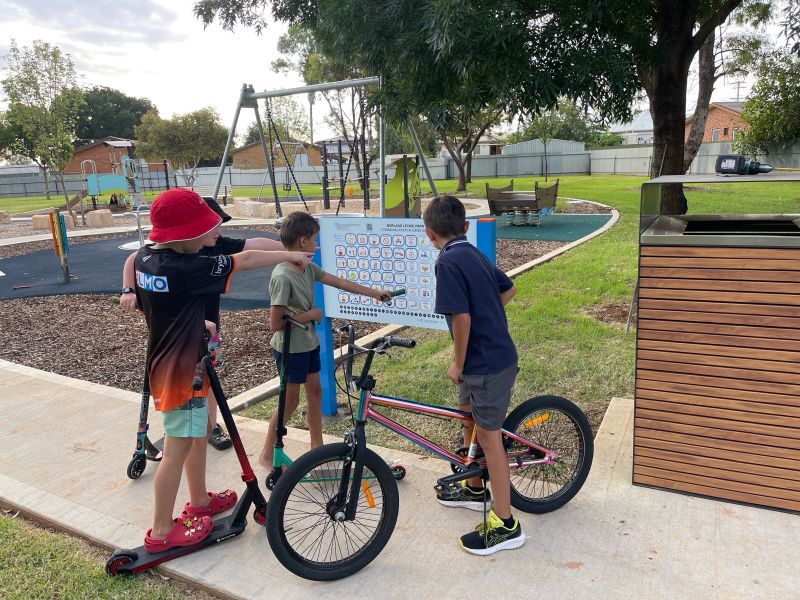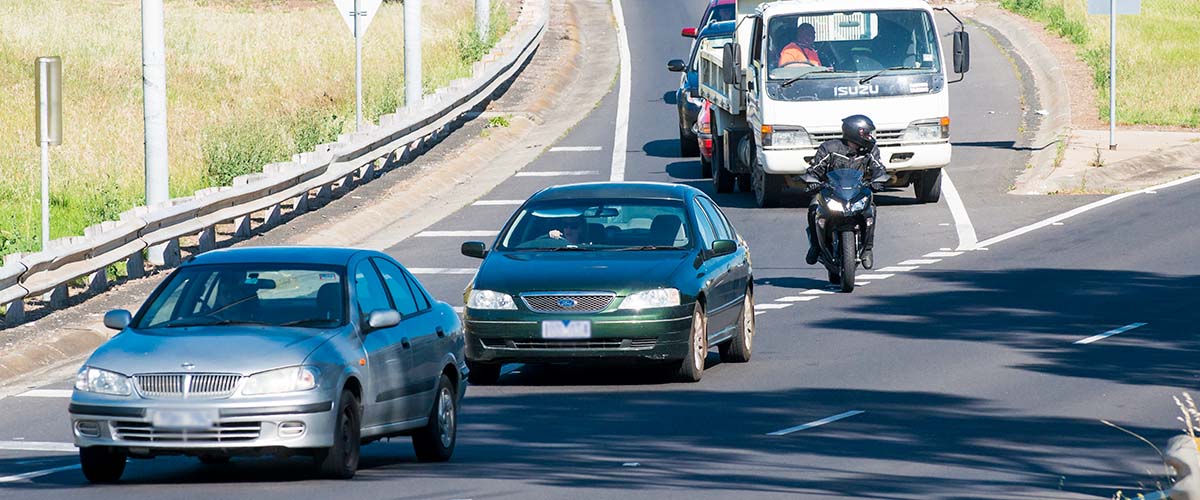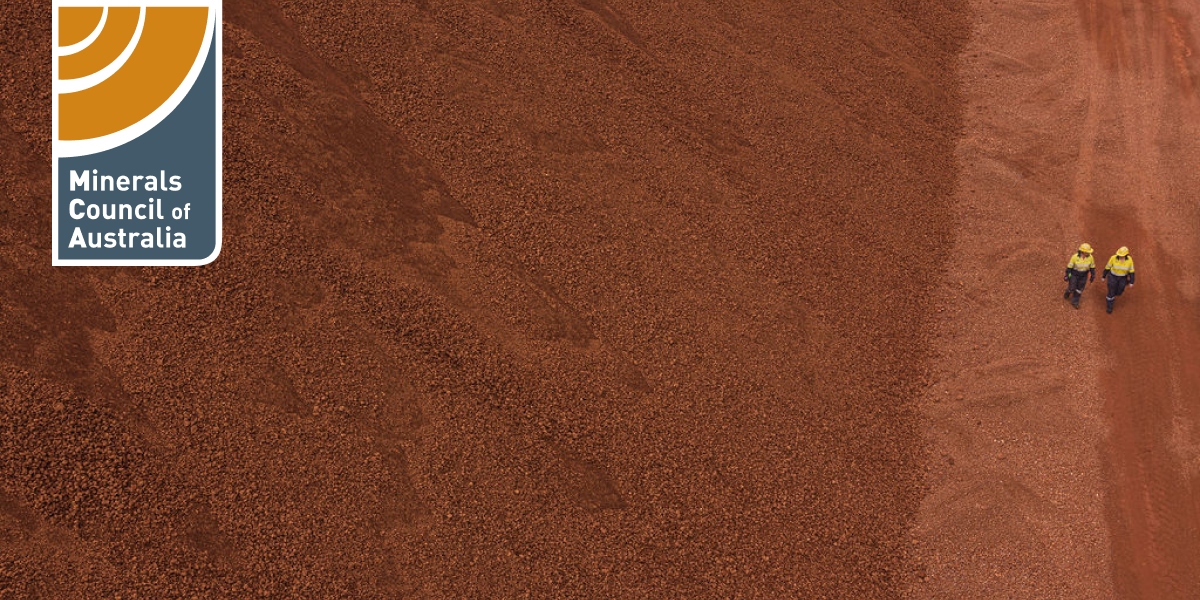The following can be attributed to Murray-Darling Basin Authority (MDBA) acting Chief Executive Andrew Reynolds:
The Murray-Darling Basin Authority has increased the amount of water released from Hume Dam to 17 gigalitres per day to manage inflows from Upper Murray catchments.
Hume Dam is effectively full, at 99% capacity.
Yesterday, 27mm of rain fell over the dam in a short period, reducing airspace to 20GL, prompting our operators to increase releases to create airspace yesterday morning.
We anticipate flows downstream of Hume Dam will remain within the river channel however if rain and run-off are higher than expected, we may need to increase the release of water in the days ahead.
The situation is quite dynamic, and our river operators are working round the clock and in close consultation with the Bureau of Meteorology and WaterNSW to manage releases from Hume Dam.
The Bureau is forecasting moderate rainfall for the rest of the week, with likely falls in the range of 10 to 25mm, although this can vary widely across the ranges and localised heavier falls are possible.
The MDBA’s priority is keeping the dam safe, capturing and storing water and, where we can, mitigating floods.
With higher flows now in transit from Hume Dam and entering the Murray River from the Kiewa and Ovens rivers, low-level over-bank flows through the Barmah-Millewa Forest are expected to occur in coming days.
The way we release water from Hume Dam is also considering water quality, with blue-green algae currently affecting the dam and low dissolved oxygen levels present immediately downstream.
To help manage low dissolved oxygen, we are releasing some water through the valves. This creates a spray which entrains oxygen into the water as it enters the river.
If you live or work on a floodplain, please stay aware of the latest information. There are three things you can do to be prepared for potential floods:
www.ses.vic.gov.au/plan-and-stay-safe
www.waternsw.com.au/supply/ewn
www.bom.gov.au/australia/warnings
www.bom.gov.au/australia/flood
- Develop your personalised flood emergency plan for your home and property by going to the State Emergency Service website for your state.
- Sign up, or check your details are up to date, for WaterNSW’s Early Warning Network to be notified by SMS, email or landline about dam activities during periods of flooding or high releases.
- Check the Bureau of Meteorology to receive the latest weather information including warnings, river conditions and rainfall in your area
La Nina conditions have been declared by the Bureau of Meteorology. This means wetter conditions are likely for eastern Australia through late summer to early autumn.








